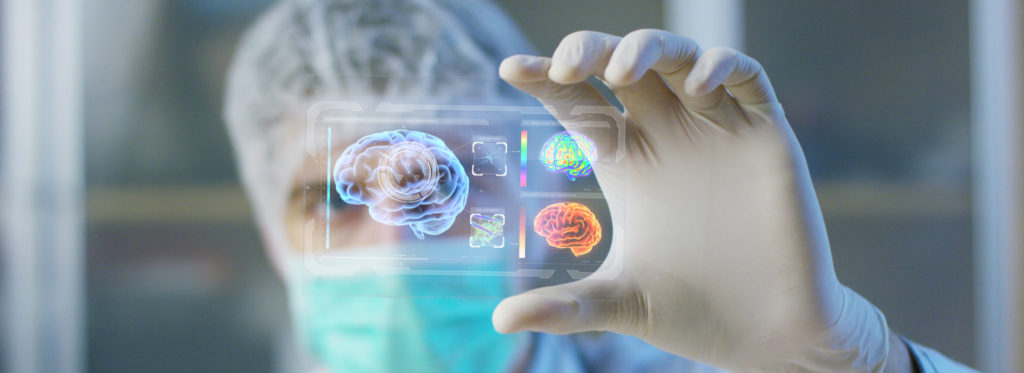
Our campaign for Photonics 21 promoted a new technology that uses light to detect the early signs of brain damage in babies.
This media campaign helped to position the Tiny Brains consortium as an industry leader in the neuroimaging of infants. It generated an audience of nearly 1.1 million monthly readers with coverage in prolific EU policy title Euractiv, electronics news site Electronic Specifier and led to a full feature article for the project and its coordinator in medical publication, NS Medical Devices.
Sending harmless signals into a child’s brain, the device works almost like an ultrasound scan but using photonics – or light – to give much more information and helps scientists build up a detailed neurological image. These signals keep a close eye on any slight drops in critical oxygen levels to and from the brain (instantaneously and in real-time) to measure the cause of many unnecessary neurodevelopment disabilities.
Being developed in conjunction with the Institute of Photonic Sciences (ICFO) in Barcelona, the new device deploys harmless light particles and sound inside the delicate brain of a newborn child to create a real-time, continuously moving image. It works using infrared lasers that are combined with ultrasound pulses, all integrated into a tiny wearable cap.
Associate Director at Matter PR, Amanda Allan, said:
“Our campaign helped create awareness of this exciting new technology and raised the profile of a consortium working to prevent every parent’s worst nightmare – the tiny heart of a newborn baby undergoing surgery.
“It’s hard to imagine, but each year, 3.4 million infants are born with a congenital disability, and while neurodevelopment disabilities can be treated, they are tough to catch in time. Most of these infants survive to adulthood but risk suffering from deficits in their neurological development due to brain blood flow and perfusion alterations happening during the intervention.
“We helped position Tiny Brains as a leader in neuroimaging in infants with their photo-acoustic technology. There hasn’t been a medical device yet that can create a continually moving, detailed picture in newborn infants’ brains. However, the Tiny Brains consortium is working to prevent a greater number of these disabilities with their cutting-edge device that uses light to measure the amount of oxygenated and deoxygenated blood.”
TinyBrains project coordinator, Professor Turgut Durduran, said:
“A staggering 500,000 people suffer unnecessary disabilities that result from congenital heart defects (CHD) and other structural defects in the heart across the world, drastically affecting the life of the patient if they are not picked up soon after birth. At present, it is tough to monitor these at-risk populations both technically, because of the lack of appropriate tools, and also ethically because consent and risks have to be taken into consideration.”
Tiny Brains
This three-year TinyBrains project received a grant from Horizon 2020 under the Research and innovation action funding scheme. It will allow doctors to analyse why brains disorders frequently occur in the postnatal period and pinpoint the types of clinical interventions that can improve the neurological outcome of these infants and, ultimately, their quality of life as infants, younger people, and adults.
Concluding in 2024, the TinyBrains project will conduct future trials at the Childrens’ Hospital Sant Joan de Déu in Barcelona.

From Public Outreach to Stakeholder Engagement, Matter PR specialises in helping organisations translate complex scientific projects into compelling stories which help communicate the importance and potential impact of their work.
Established in 2013, Matter PR is one of the only communications agencies specialising solely in engineering, science and technology. Contact us today to see how we can help you with your communications activities.
